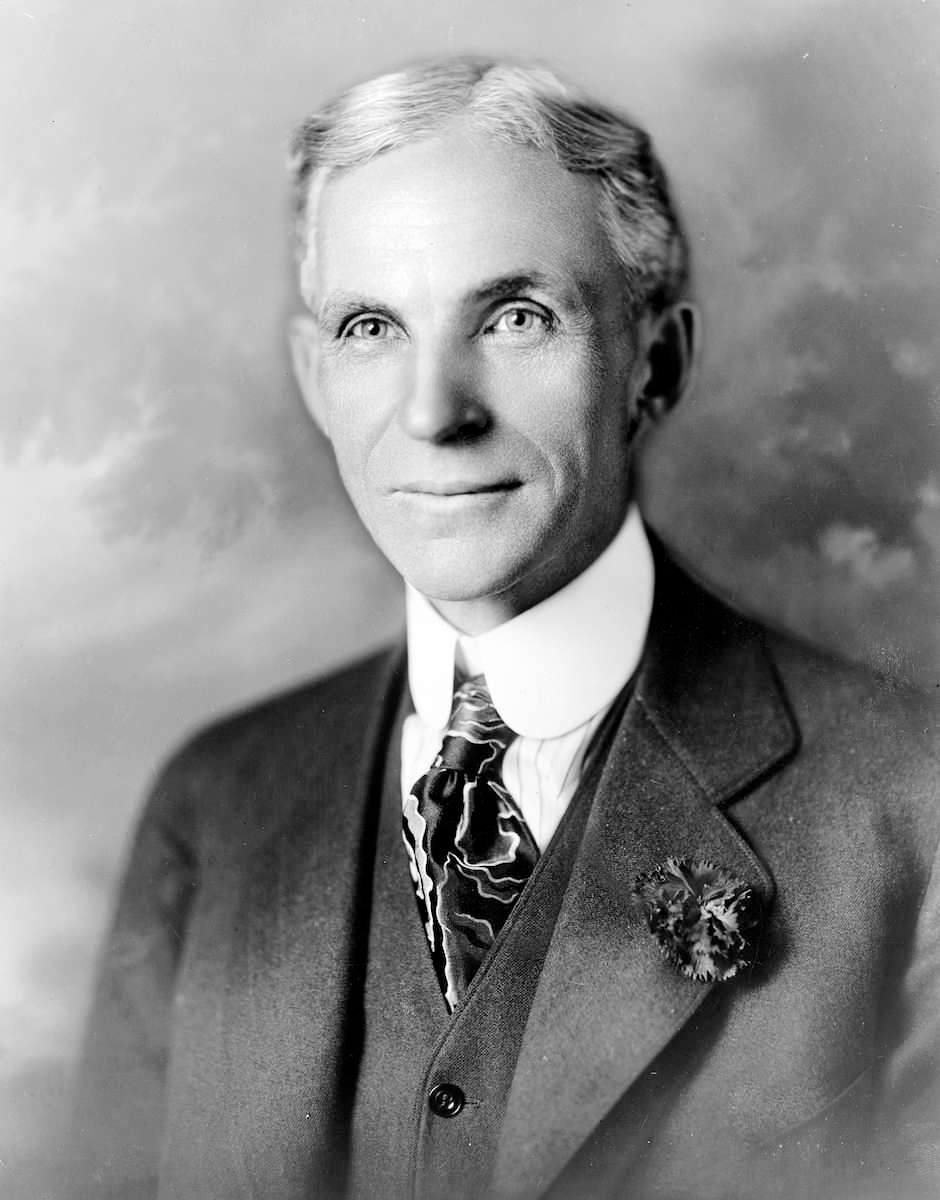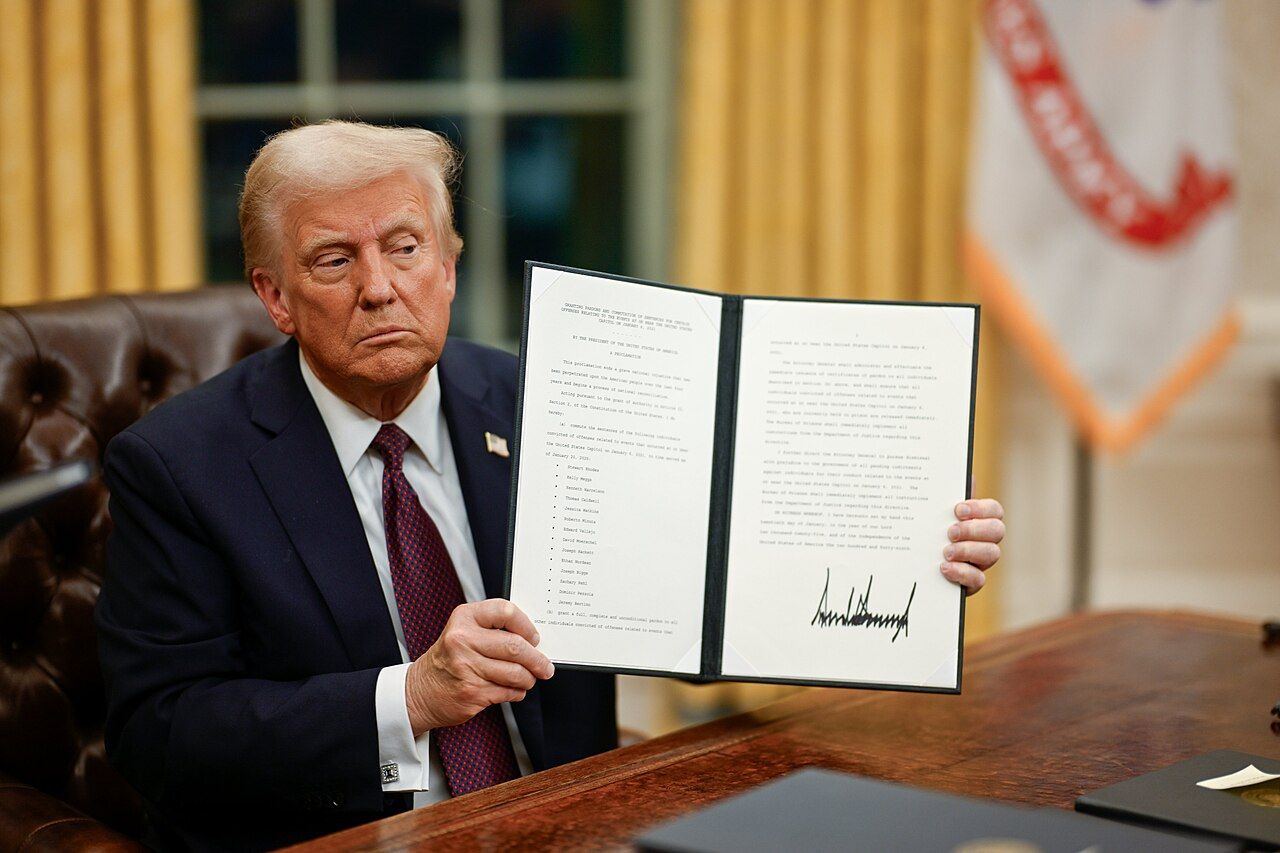
History has a curious way of playing tricks on us, doesn’t it? We often grow up with grand narratives about heroic figures, titans who shaped our world for the better, whose names are etched into our collective memory as paragons of virtue and progress. But what if those narratives, carefully constructed over generations, sometimes hide a darker, more complex reality? It’s a fascinating thought, isn’t it, to peel back the layers of time and discover the uncomfortable truths that lie beneath the polished facade of public perception.
The annals of history are replete with individuals who, during their lifetimes, commanded respect, admiration, and even adoration, only for their true, often sinister, actions to emerge long after they drew their last breath. This isn’t just about simple flaws; it’s about deeply troubling behaviors, hidden ideologies, and horrific decisions that profoundly impacted millions, yet remained largely obscured from public view for decades, or even centuries. It’s a sobering reminder that the first draft of history is rarely the final one.
Join us on an intriguing journey as we pull back the curtain on some of these celebrated figures, exploring 14 individuals whose posthumous revelations shook the foundations of their carefully curated legacies. From presidents to pioneers, philanthropists to cultural icons, prepare to unmask the hidden horrors and uncomfortable contradictions that ultimately surfaced, forever altering our understanding of who they truly were.
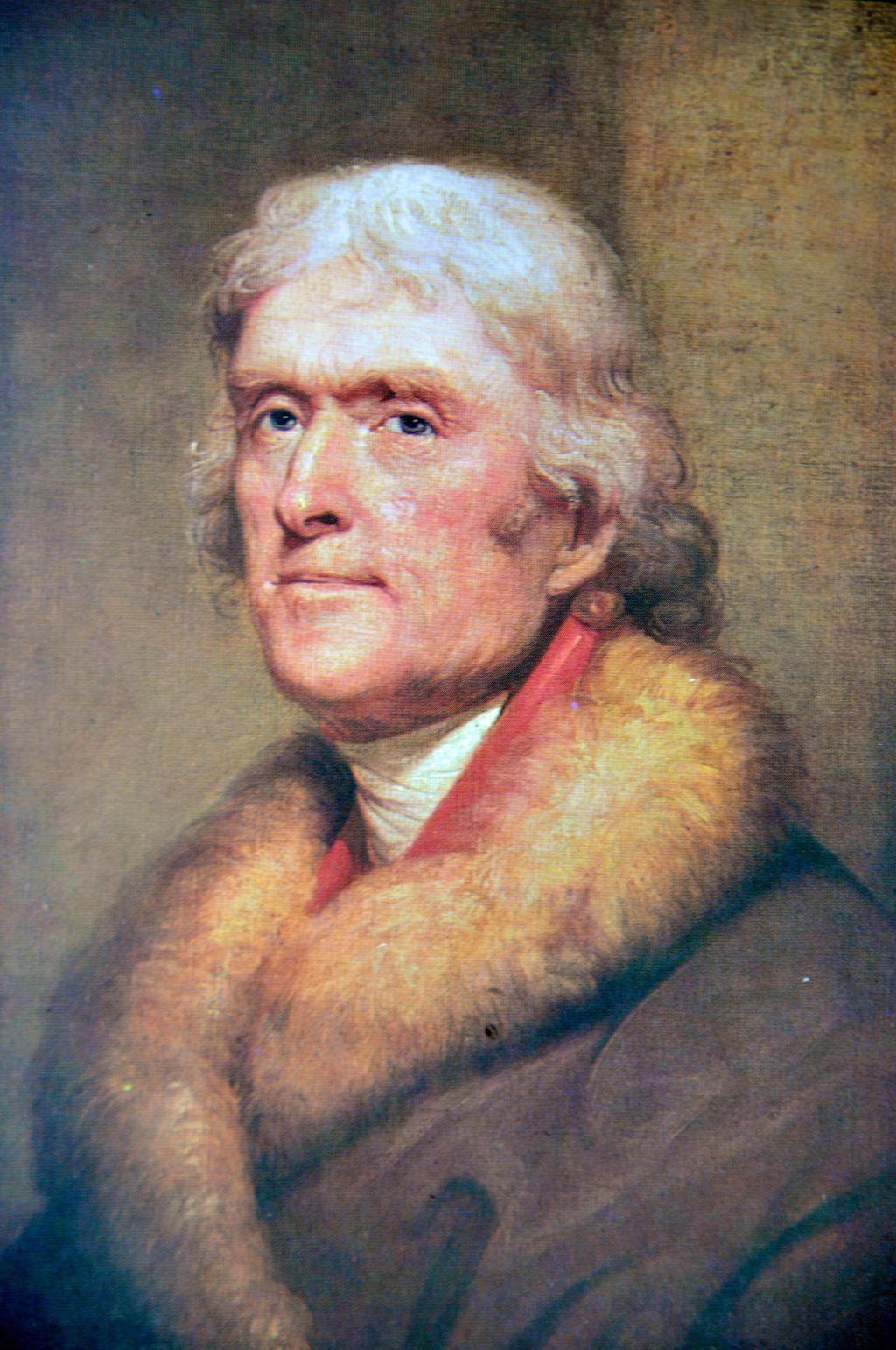
1. **Thomas Jefferson**
Thomas Jefferson, a name synonymous with American liberty and the principal author of the Declaration of Independence, is celebrated as one of the nation’s most pivotal Founding Fathers. His eloquent words on equality and unalienable rights have inspired generations, forming the bedrock of American idealism. Yet, the life he lived was marked by profound contradictions that only fully came to light long after his passing.
While eloquently championing freedom, Jefferson famously enslaved over 600 people throughout his life, benefiting directly from their forced labor. This stark paradox between his philosophical ideals and his personal reality has always been a point of historical contention. However, it was the posthumous confirmation of his long-rumored relationship with Sally Hemings, an enslaved woman he owned, and the fathering of several children with her, that significantly complicated his legacy.
This revelation, confirmed through DNA evidence centuries later, painted a far more nuanced, and for many, a deeply unsettling picture of the man. It forced a critical re-evaluation of his personal morality against the backdrop of his monumental public contributions, sparking ongoing debates about how we reconcile the greatness of historical figures with their undeniable human failings and societal complicity.

2. **Christopher Columbus**
For centuries, Christopher Columbus was revered as the intrepid explorer who “discovered” America, his voyages celebrated as a monumental achievement that opened up new worlds. His image adorned textbooks and monuments, symbolizing an era of brave exploration and discovery. This grand narrative, however, was built upon a foundation of obscured truths and immense suffering.
While his expeditions undeniably linked continents, they also ushered in an era of brutal colonization for the Indigenous populations of the Caribbean. Posthumous translations of his own ship logs and the amplification of Indigenous oral traditions began to paint a drastically different picture. They revealed that Columbus instituted brutal slavery systems, forced labor through the encomienda system, and oversaw mass killings of Indigenous peoples.
His tyrannical governance and relentless obsession with gold led to the suffering and decimation of native cultures, setting a grim precedent for centuries of oppression to follow. These dark aspects of his legacy, contrasted sharply with the heroic explorer myth, have rightly prompted a profound reevaluation of his true role in history, stirring significant controversy that continues to reverberate today.
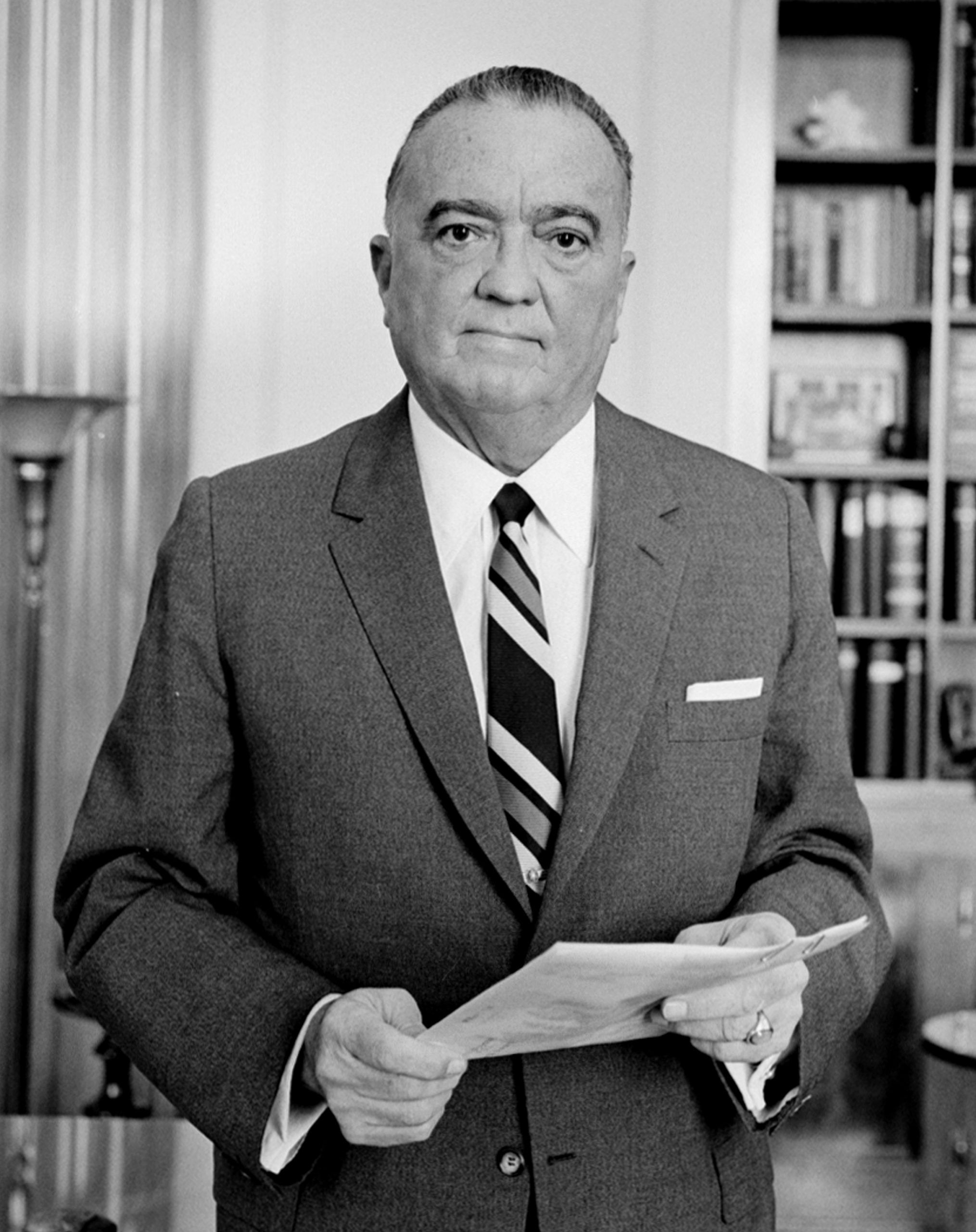
3. **J. Edgar Hoover**
J. Edgar Hoover, the legendary first director of the FBI, was for nearly five decades seen as the very embodiment of American law enforcement, a figure who modernized policing and fought against organized crime and subversion. He commanded immense respect and wielded unparalleled power, shaping the very reputation of the bureau he led. His name was synonymous with order and national security.
Yet, after his death in 1972, declassified FBI files and congressional investigations began to expose a far more chilling reality: a systematic pattern of abuses of power. Hoover engaged in widespread covert COINTELPRO surveillance programs, targeting political figures and civil rights leaders, most notably Martin Luther King Jr. and Malcolm X. He amassed secret dossiers on public figures, which he leveraged for blackmail and political influence.
This posthumous exposure of his manipulative tactics shattered the myth of Hoover as a pure guardian of justice. It revealed a complex, deeply secretive figure who placed personal vendettas, political maneuvering, and the expansion of his own authority above ethical standards and the very civil liberties he was sworn to protect. His tenure became a stark lesson in the dangers of unchecked power within government.
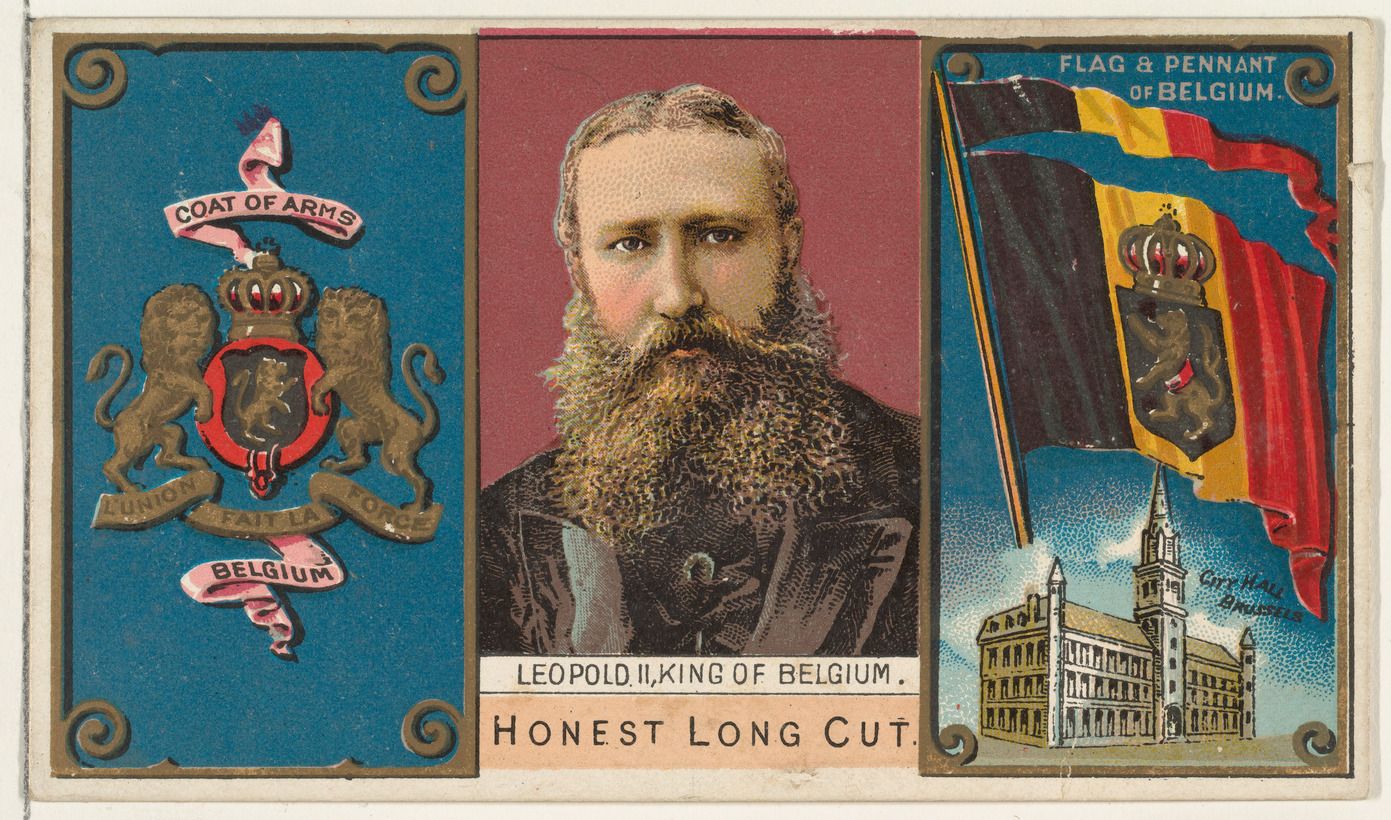
4. **King Leopold II of Belgium**
King Leopold II of Belgium cultivated the image of a benevolent monarch, lauded by his countrymen for funding beautiful public works and expanding Belgium’s influence. He was perceived as a visionary leader, dedicated to national prosperity and a “civilizing mission” abroad. Yet, behind this carefully constructed facade lay a horrific secret that only fully emerged well after his death.
While projecting an image of humanitarian enterprise, Leopold was simultaneously running his private African empire, the Congo Free State, like an unimaginable horror show. His forced rubber-collection quotas led to widespread mutilations, mass starvation, and the deaths of an estimated 10-15 million Congolese. This brutal colonial rule, initially disguised as a humanitarian endeavor, was a testament to unimaginable greed and cruelty.
It wasn’t until Roger Casement’s 1904 report and subsequent post-mortem Belgian parliamentary inquiries that the full, unvarnished truth of this genocidal regime was finally exposed. Leopold’s dark chapter in history remains a harrowing example of imperialistic barbarity, a stark reminder that even seemingly benevolent leaders can harbor truly monstrous agendas.
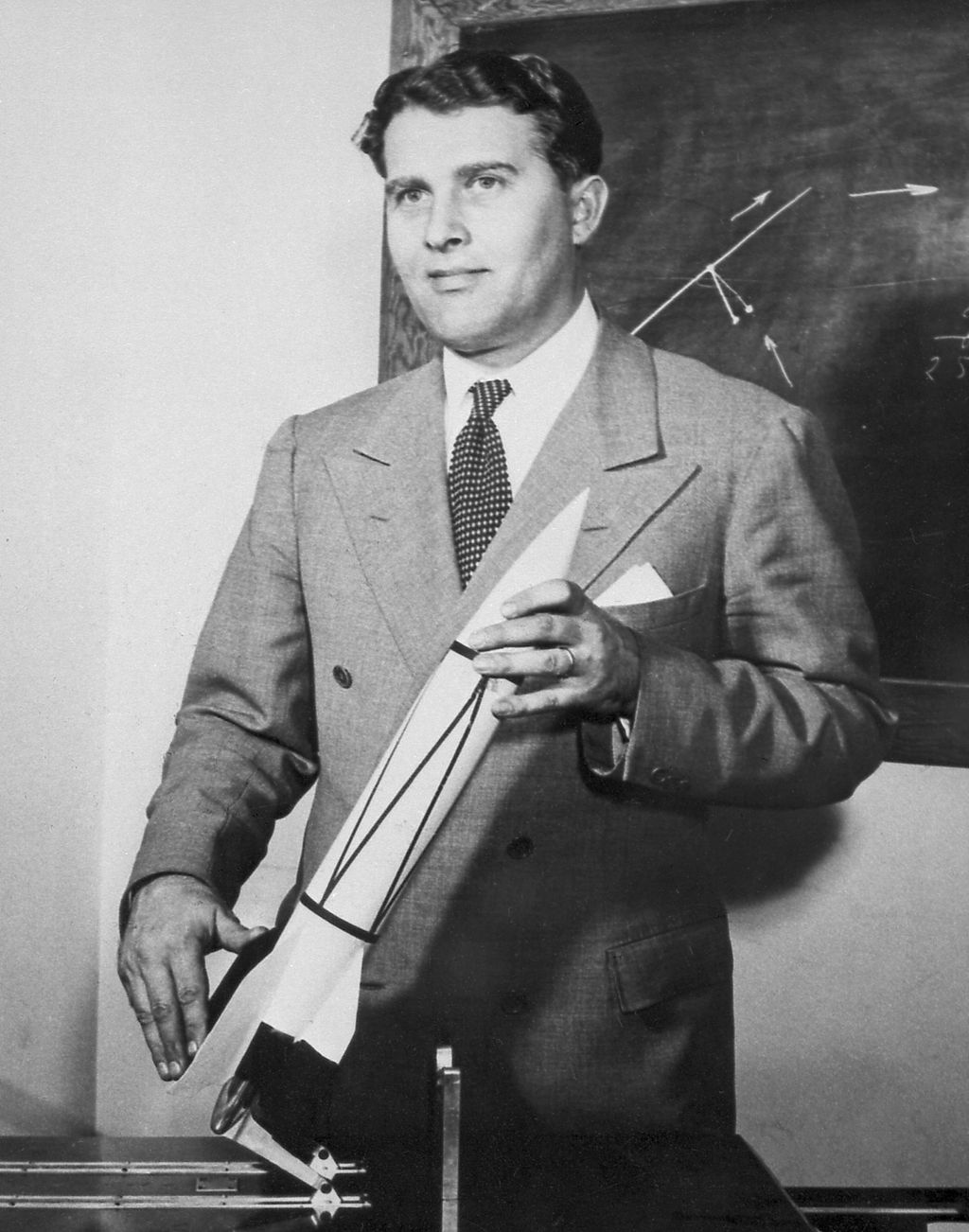
5. **Wernher von Braun**
In post-war America, Wernher von Braun was celebrated as a brilliant rocket scientist, a pivotal figure who architected the Saturn V moon-rocket and seemed like the ultimate Cold War success story. Recruited under Operation Paperclip to beat the Soviets to space, he was lauded for his genius and his contributions to America’s nascent space program, becoming a symbol of scientific triumph.
However, his past was deeply entwined with the horrors of Nazi Germany. Before his celebrated work with NASA, von Braun developed the dreaded V-2 ballistic missiles for the Third Reich. The morally complex and disturbing truth, uncovered fully in NASA and Pentagon archives released in the 1990s, quantified his direct involvement in developing these weapons using concentration-camp slave labor.
The Mittelwerk facility, where thousands died under horrific conditions, was a direct consequence of his work. This revelation casts a profound shadow over his contributions to space science, forcing an uncomfortable examination of the ethical implications of scientific advancements and the responsibilities of those who pursue them, regardless of their eventual achievements.

6. **Mother Teresa**
Mother Teresa, beatified and widely venerated, has long been a global symbol of compassion and selfless charity, particularly for her work among the poorest of the poor in Calcutta. Her image, that of a saintly caregiver tirelessly dedicated to alleviating suffering, inspired millions worldwide and drew immense donations to her order.
Yet, after her passing, a more nuanced and, for some, critical perspective emerged regarding her approach to charity. Revelations from former volunteers and medical professionals, alongside analyses of her practices, suggested that her missions often lacked basic medical care, with suffering sometimes being glorified over pain relief. Critics pointed to the often unhygienic conditions in her facilities, despite the millions in donations her order received.
Furthermore, her connections with controversial authoritarian leaders and a notable lack of financial transparency surrounding her order’s vast sums of money came to light. While her compassionate intentions remain widely acknowledged and admired, these posthumous insights offer a more complex view of her legacy, challenging the simplistic narrative of sainthood and prompting debate about the ethics and efficacy of her mission.
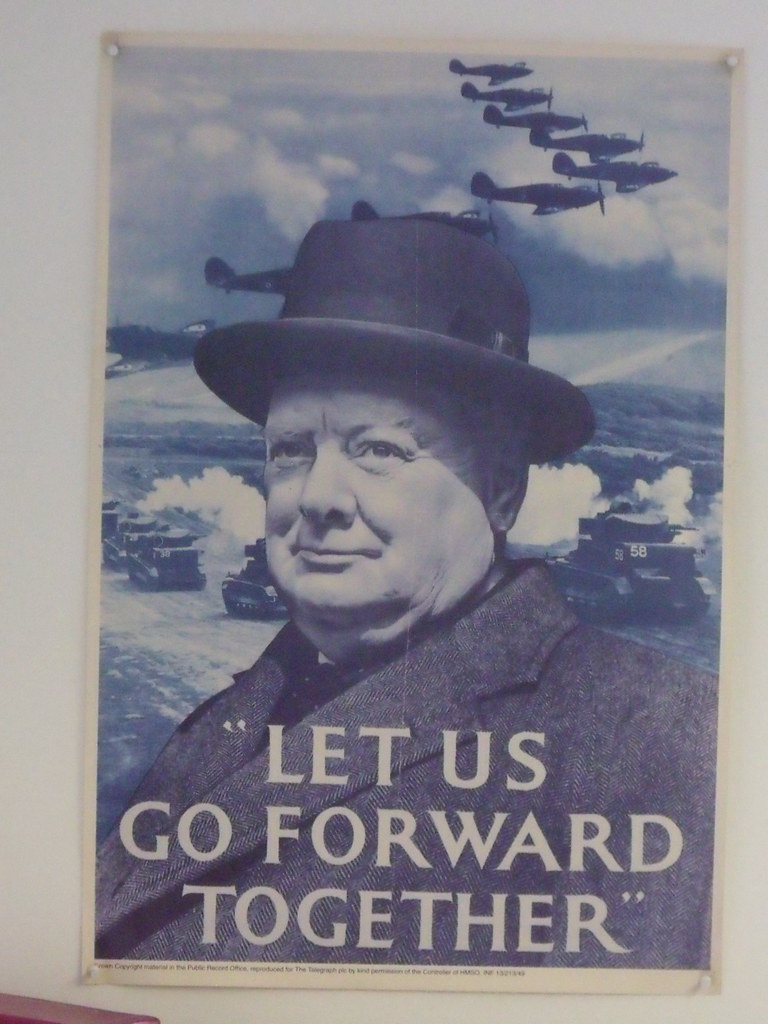
7. **Winston Churchill**
Winston Churchill, the iconic British Prime Minister, stands as a towering figure in history, rightfully lauded as a stalwart leader who guided Britain through the darkest days of World War II. His unwavering resolve and powerful rhetoric are synonymous with resistance against fascism, cementing his image as a heroic statesman on the global stage.
However, his legacy has become increasingly complicated in recent years, particularly as classified archives have been released and post-colonial scholars have revisited historical events. These studies revealed a less admirable side, particularly concerning his views on race, empire, and his policies during the 1943 Bengal Famine. This devastating humanitarian crisis, which claimed the lives of over 3 million people, was reportedly worsened by Churchill’s policies and his dismissive attitude towards the plight of the famine victims.
Scholars have increasingly linked this catastrophic event directly to his decisions, painting a picture far removed from the unblemished public perception. The posthumous prominence of these aspects challenges the singular narrative of Churchill as a humanitarian statesman, highlighting the uncomfortable complexities of his leadership and the devastating repercussions of imperial policy.
Continuing our fascinating journey through history’s deceptive narratives, we pull back the curtain on even more influential figures whose darker sides and controversial deeds were brought to light long after their passing. It’s a sobering reminder that the truth, no matter how deeply buried, often finds a way to surface, challenging the carefully constructed images of those we once admired. Prepare to have your perceptions further reshaped as we reveal another compelling set of hidden histories.

8. **Mahatma Gandhi**
For generations, Mahatma Gandhi has been globally revered, standing as an undeniable icon of nonviolence and a beacon of peaceful resistance. His philosophy inspired countless movements for civil rights and liberation across the world, forever cementing his place in the pantheon of history’s most admired leaders. Yet, as we delve deeper into the historical record, it becomes apparent that even such a towering figure was not without his surprising faults and contradictions.
Posthumous studies and the careful examination of Gandhi’s early writings have brought to light some truly uncomfortable truths. During his time in South Africa, for instance, his comments about Black South Africans were disturbingly derogatory, betraying racial prejudices that clash sharply with his later image as a universal champion of human dignity. Moreover, his ‘experiments’ with celibacy, particularly those involving young women and even his grand-nieces, have attracted considerable criticism and raised significant ethical questions about his personal conduct.
These revelations, surfacing years after his passing, undeniably complicate the widely accepted narrative of a flawless moral leader. While his monumental role in India’s independence and his enduring legacy of nonviolent resistance remain undeniable, acknowledging these deeper aspects adds an unexpected layer of depth to his historical image. It compels us to engage in a broader, more nuanced conversation about his true impact, reminding us that even our greatest heroes are complex, imperfect individuals shaped by their times.
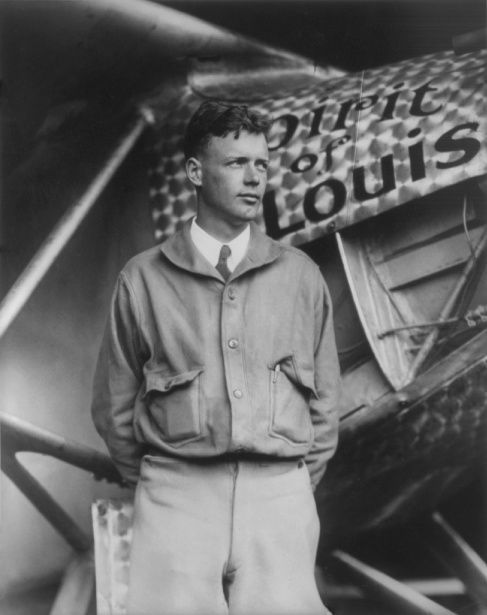
9. **Charles Lindbergh**
Charles Lindbergh captivated the world and inspired a nation with his groundbreaking transatlantic flight, becoming an instant American hero and a symbol of pioneering spirit. His daring solo journey across the Atlantic cemented his status as an aviation legend, widely admired for his courage and ingenuity. However, beneath this celebrated public persona lay a complex and troubling set of beliefs that would only fully come to light after his death.
As archives and historical documents were meticulously examined in the decades following his passing, a disturbing truth emerged: Lindbergh harbored significant sympathies for Nazi ideologies and eugenics. His public admiration for the Nazi regime was well-documented, as was his isolationist stance during World War II, which many viewed as deeply problematic given the escalating global conflict. These controversial views starkly contradicted the heroism attributed to him, casting a long shadow over his once unblemished legacy.
These posthumous revelations force a challenging reassessment of one of America’s most iconic figures. The nuanced understanding of Lindbergh’s life, juxtaposing his undeniable achievements with his deeply unsettling political and social beliefs, invites us to critically examine the individuals we celebrate and the values they truly represented. It’s a compelling reminder that the pursuit of truth often reveals inconvenient complexities within the lives of our celebrated icons.
10. **Henry Ford**
Henry Ford is rightfully recognized as a titan of industry, a visionary who revolutionized the automotive world and profoundly impacted modern labor practices with innovations like the assembly line and the five-dollar workday. His name became synonymous with American ingenuity and industrial progress. Yet, this celebrated legacy carries a dark and deeply uncomfortable shadow, one that grew more prominent as scholars uncovered hidden facets of his personal ideology.
Decades after his death, historians meticulously pieced together the extent of his virulent anti-Semitic views. From 1919 to 1927, Ford personally oversaw and published deeply prejudiced, vitriolic propaganda through his newspaper, *The Dearborn Independent*. These publications, filled with hateful rhetoric, did not merely reflect personal bias; they directly influenced and propagated bigotry and hatred worldwide, even earning admiration from figures like Adolf Hitler.
Ford’s immense contributions to society cannot be entirely separated from the fact that his legacy is undeniably tainted by this poisonous ideology. The duality of his life—a brilliant innovator who championed efficiency while simultaneously promoting destructive prejudice—forces a critical and often uncomfortable evaluation of his societal contributions. It sheds crucial light on the ethical dimensions of industrial leadership and reminds us that genius in one area does not absolve a person of moral responsibility in others.
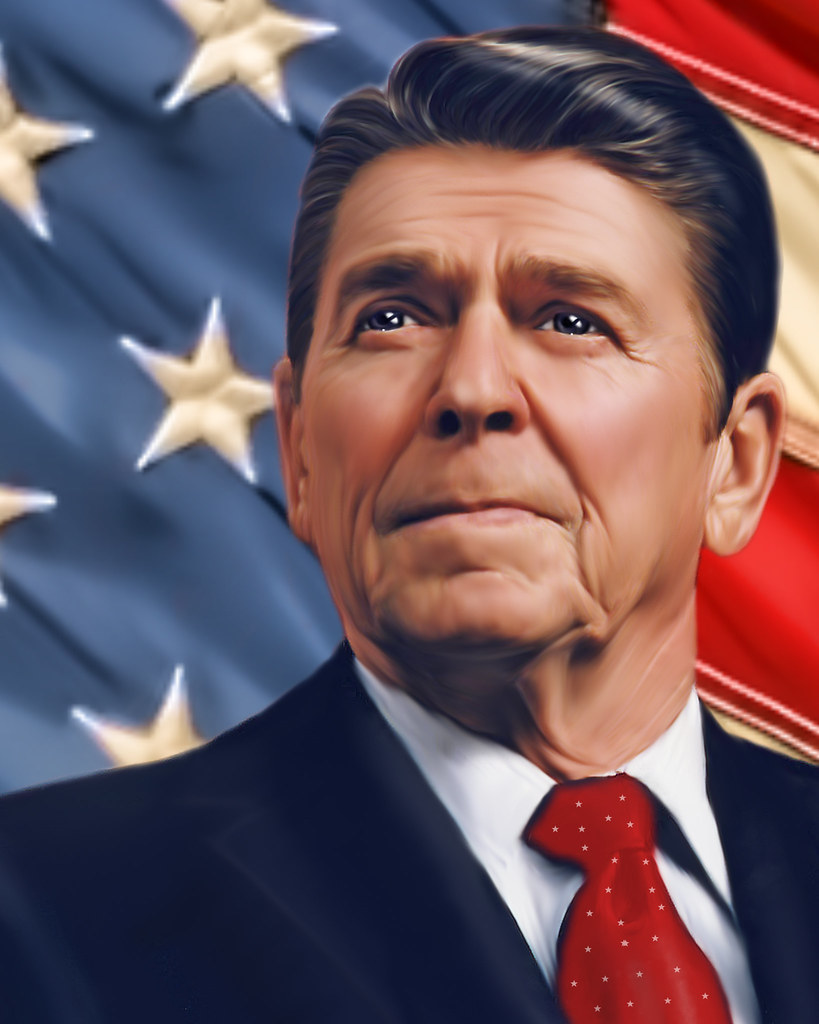
11. **Ronald Reagan**
Ronald Reagan, a towering figure in American politics, is often remembered as the charismatic president who ushered in an era of conservative resurgence and famously declared, ‘Mr. Gorbachev, tear down this wall!’ His two terms in office are often lauded for their economic policies and for contributing to the end of the Cold War. However, like many influential leaders, Reagan left behind a complex and multifaceted legacy that has faced significant scrutiny in the years following his presidency.
One of the most profound criticisms emerging after his time in office concerned his administration’s initial handling of the burgeoning AIDS crisis. Critics point to what they describe as a troubling period of inaction and palpable indifference, particularly during the early, crucial years of the epidemic. Furthermore, Reagan’s foreign policy decisions, including his administration’s support for various oppressive regimes in Latin America, have consistently raised serious ethical concerns and remain subjects of intense historical debate.
These aspects, which became more widely discussed and analyzed posthumously, significantly challenge the narrative of a universally beloved and unblemished leader. Reagan’s policies and their far-reaching repercussions continue to be a subject of intense academic analysis and public debate. This ongoing discourse powerfully illustrates the enduring and often complicated impact of political decisions on society, reminding us that even the most popular leaders are judged by the full scope of their actions.
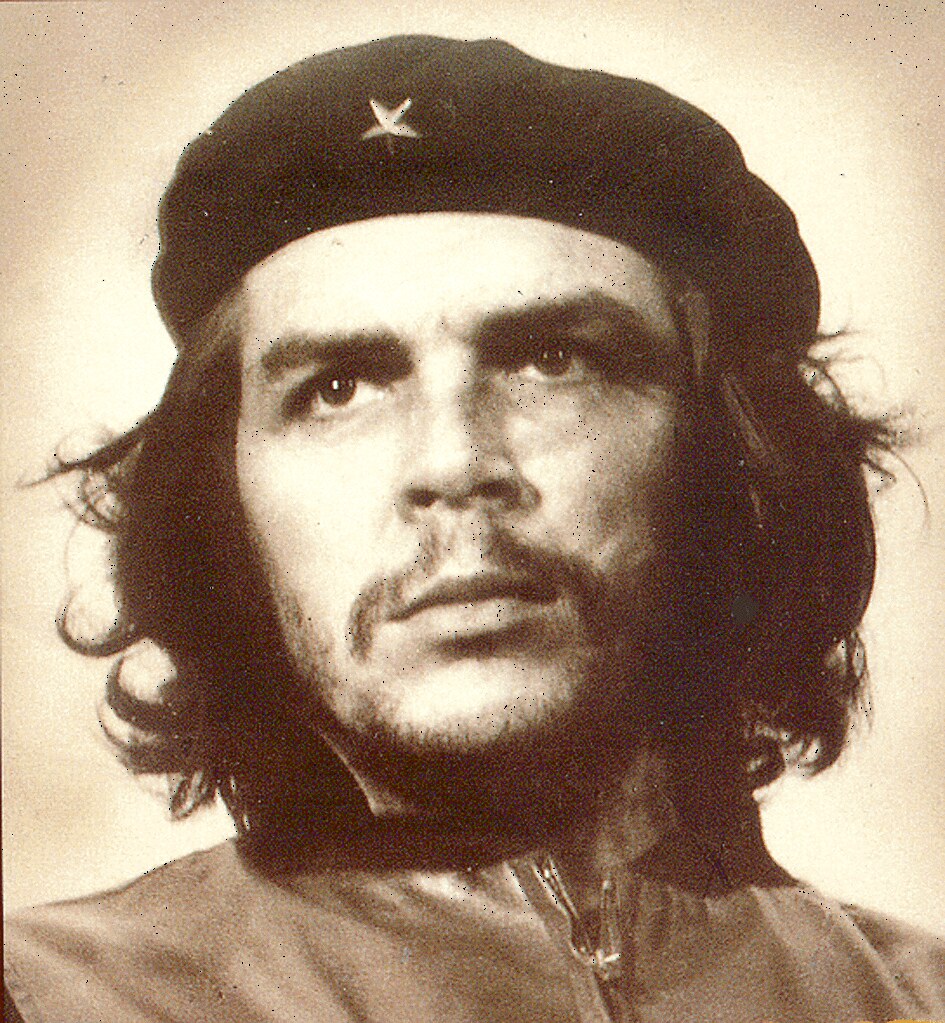
12. **Che Guevara**
Ernesto ‘Che’ Guevara remains an enduring global emblem of revolution, his image adorning countless posters and inspiring movements for social change across generations. To many, he embodies the romantic ideal of a fearless guerrilla fighter dedicated to liberating the oppressed and challenging imperialist powers. Yet, the story of this iconic revolutionary is far from simple, with posthumous revelations painting a more complex and often ruthless picture of his methods.
Historical accounts and newly available documents have revealed that Guevara’s commitment to his cause was underpinned by undeniably harsh and often brutal tactics. He was known for overseeing executions during the Cuban Revolution and played a significant role in establishing Cuba’s stringent prison system, which became a tool of political repression. His legacy, therefore, is highly contentious, with his actions painting a portrait far removed from the idealized, purely benevolent revolutionary image.
Guevara’s unwavering commitment to his revolutionary ideals led him to make controversial decisions that have sparked intense debate over the morality of his methods. These insights into his life provide a more complete, albeit uncomfortable, understanding of his profound and often divisive impact on history. They compel us to grapple with the difficult question of whether revolutionary ends can justify such violent means.

13. **John Wayne**
John Wayne, forever etched into the annals of Hollywood, embodied the quintessential spirit of the American West. His iconic roles as stoic cowboys and brave soldiers made him a cultural legend, symbolizing rugged individualism and patriotic strength to millions across the globe. He was, for decades, the heroic icon, a figure whose public image seemed as unshakeable as the characters he portrayed on screen. However, a deeper look into his off-screen persona reveals a less admirable side.
In the years following his passing, various interviews and statements he made during his lifetime gained wider attention, revealing a disturbing perspective. Wayne’s openly racist and sexist comments, along with his vocal support for the controversial political policies of his era, starkly challenged his carefully cultivated image as a universally admired hero. These views, often shocking to those who only knew his on-screen persona, created significant discomfort and led to a re-evaluation of his public legacy.
The complexity of Wayne’s persona highlights a broader and ongoing conversation about cultural figures and their public influence. His legacy, now viewed through a more critical lens, urges a reconsideration of the values he represented. It serves as a potent reminder that the enduring image of an entertainer can sometimes mask personal beliefs that clash dramatically with the ideals many ascribe to them.
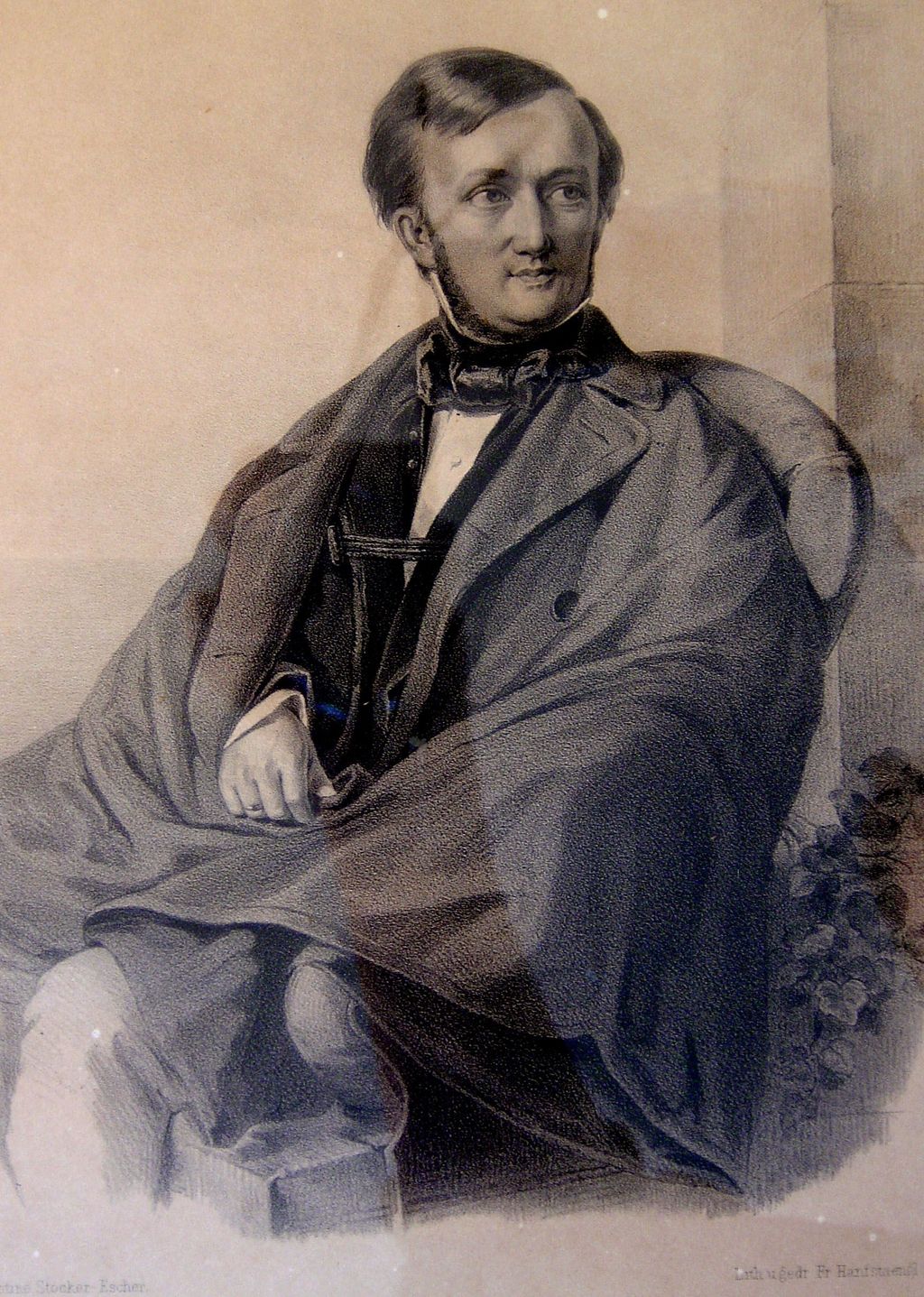
14. **Richard Wagner**
Richard Wagner, a titan of classical opera, left an unparalleled musical legacy, his sweeping, dramatic compositions forever transforming the landscape of Western music. His groundbreaking works, such as *The Ring Cycle*, continue to be celebrated for their artistic innovation and profound emotional depth, cementing his reputation as one of history’s most influential composers. Yet, the brilliance of his artistry is irrevocably intertwined with a deeply troubling aspect of his personal ideology.
As scholars and music historians delved deeper into his private writings and correspondence, a dark shadow began to emerge: Wagner’s virulent anti-Semitic views. His extensive anti-Semitic essays and pamphlets, published during his lifetime, expressed a profound and hateful prejudice that tragically found resonance in later Nazi circles. This undeniable aspect of his personal beliefs undeniably taints his monumental contributions to the arts, making the celebration of his genius a morally complex endeavor.
These revelations, which gained significant prominence long after his death, challenge audiences and scholars alike to confront the uncomfortable duality of Wagner’s artistic brilliance and his personal prejudices. His legacy invites crucial reflection on the ethical responsibilities of cultural icons and the lasting impact of their ideologies, sparking ongoing and often contentious debates in artistic communities worldwide. It forces us to ask: can truly great art be separated from the problematic beliefs of its creator?
The journey through history’s hidden corners can be a disorienting one, often challenging our most cherished beliefs about humanity’s triumphs and its heroes. As we’ve seen, the veneer of public acclaim can sometimes conceal a profound darkness, a tapestry woven with threads of cruelty, prejudice, and manipulation. The posthumous revelations about these influential figures serve as a potent reminder: history is never truly settled, and the narrative we accept is often just the first, carefully edited draft.
Ultimately, these stories aren’t just about unmasking villains; they’re about the vital importance of critical inquiry, the relentless pursuit of truth, and the ongoing re-evaluation of our shared past. They compel us to look beyond the statues and textbook anecdotes, to grapple with the uncomfortable complexities of human nature, and to understand that the greatest lessons often emerge from the shadows, long after the spotlight has faded. It’s a testament to truth’s persistence – a stark, fascinating, and utterly necessary revelation that continues to shape our understanding of the world.

